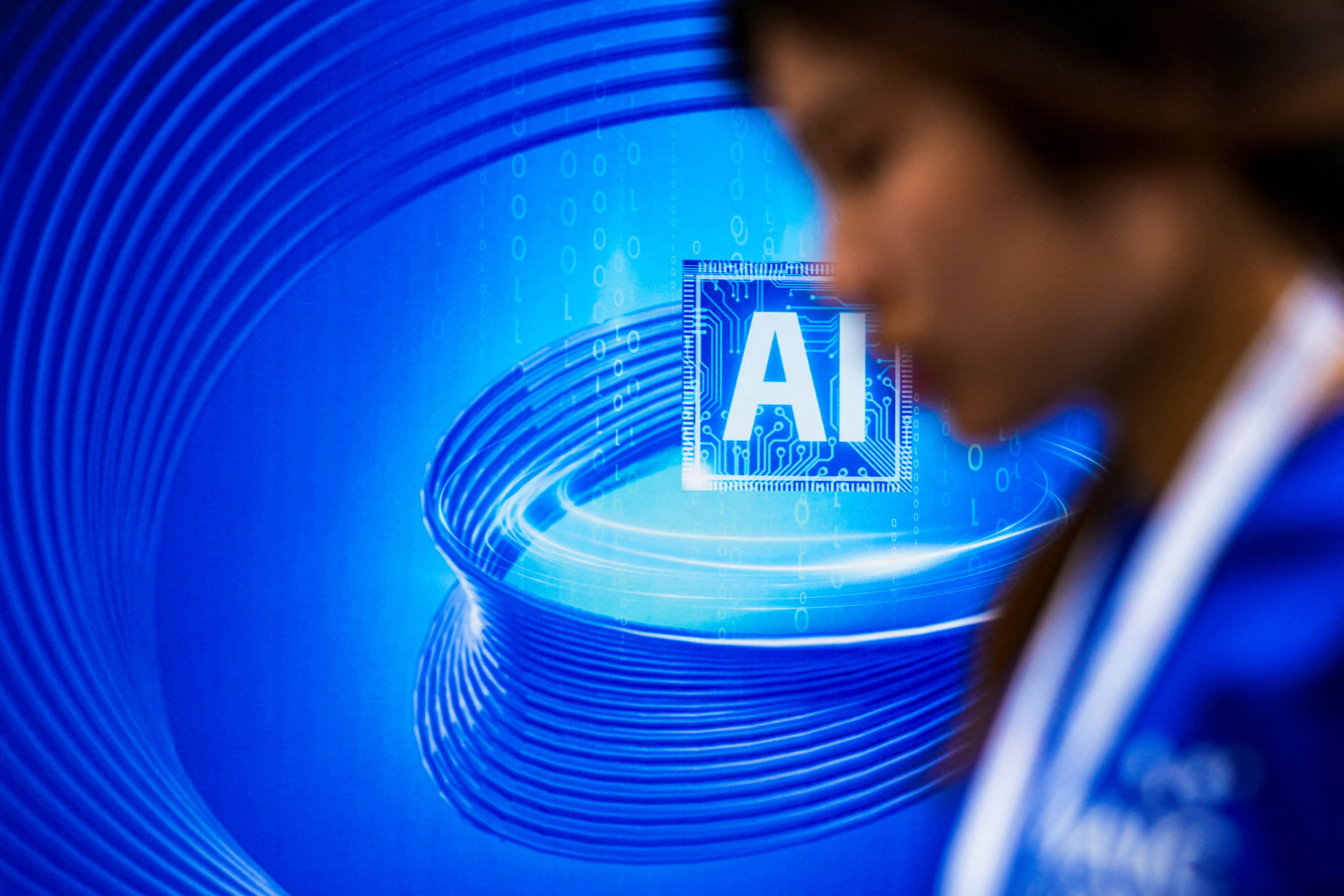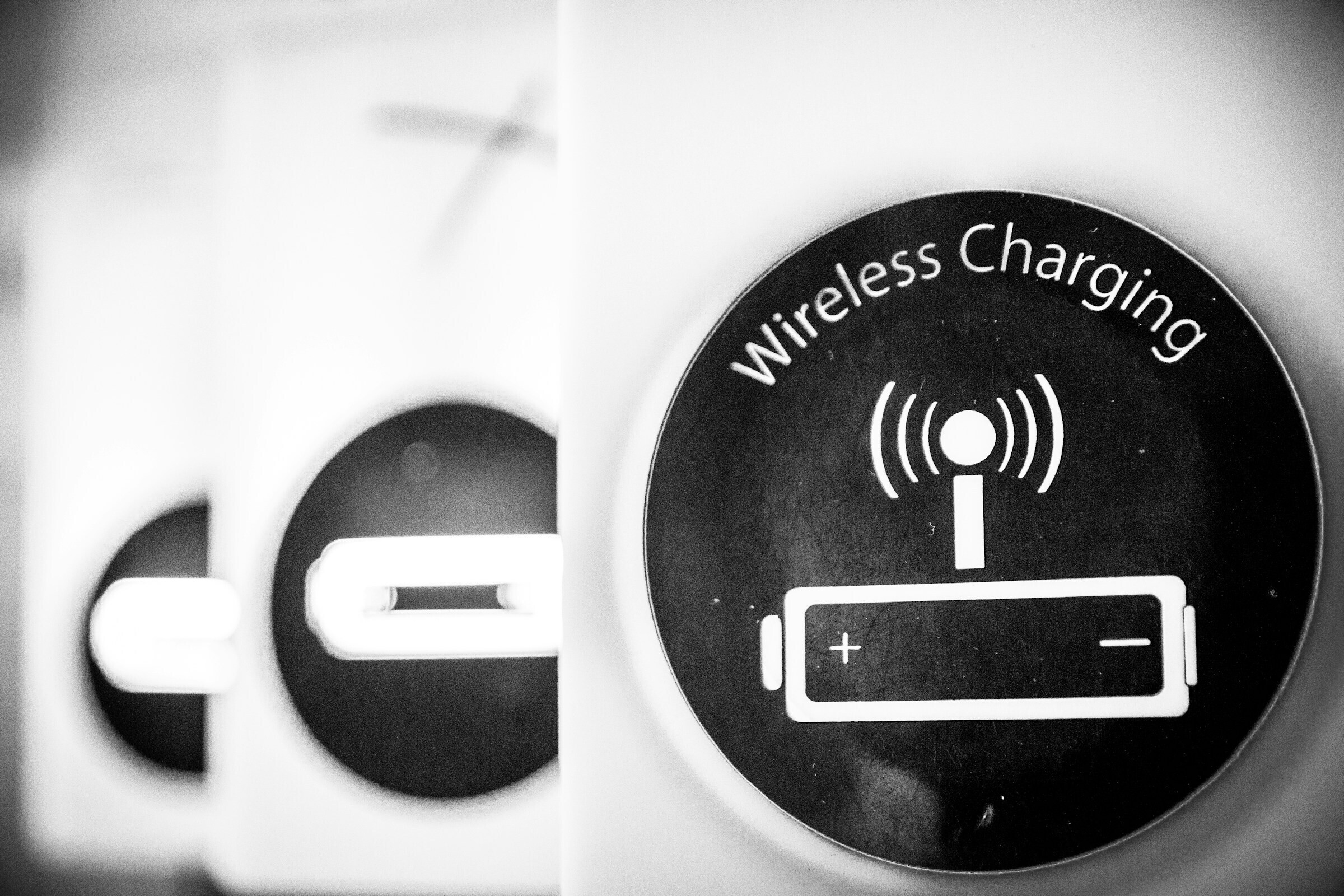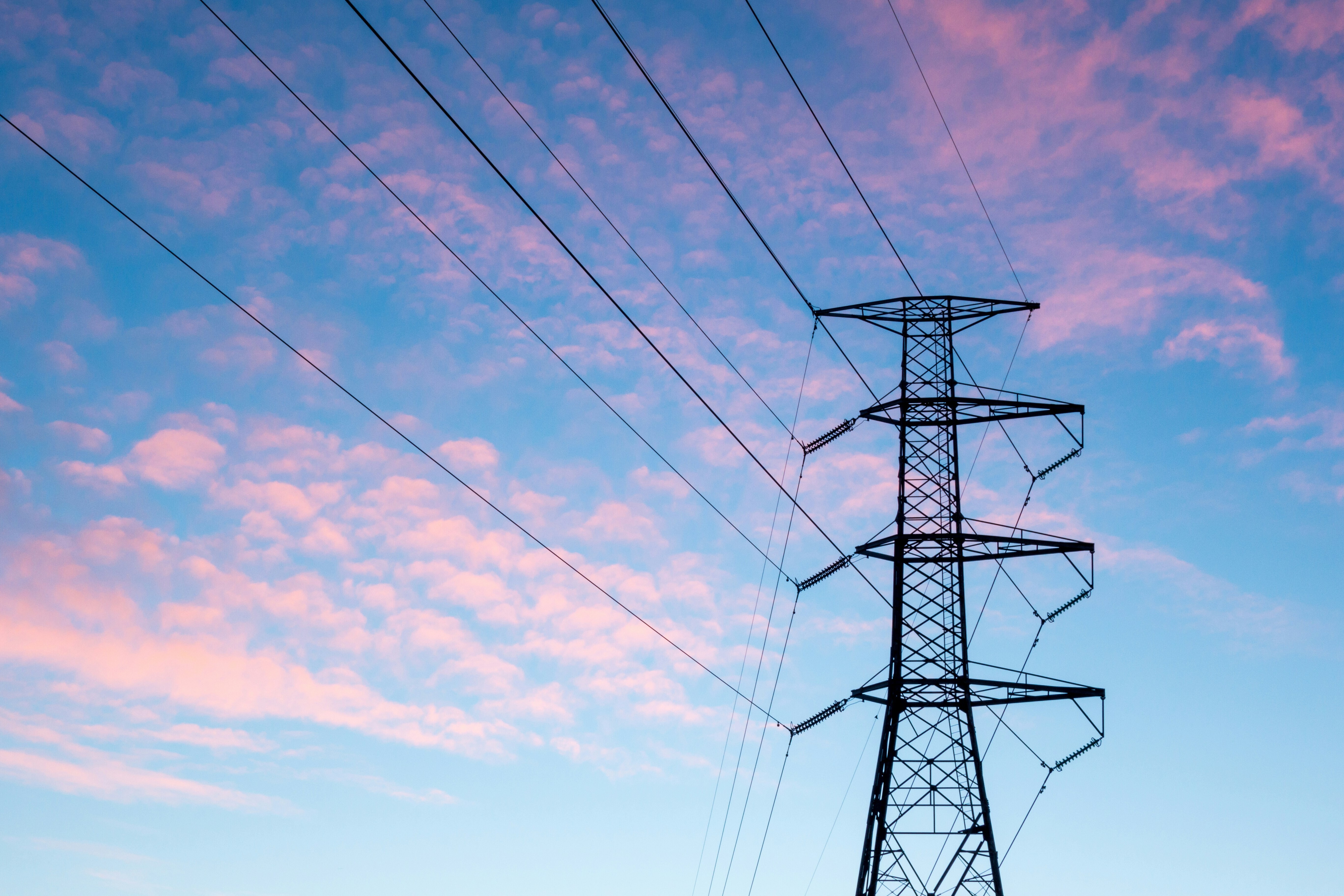This is how blockchain can be used in supply chains to shape a post-COVID-19 economic recovery

Blockchain for supply chain transparency, trust and security Image: REUTERS/Lucy Nicholson
- The COVID-19 crisis has rattled supply chains.
- Blockchain can help rebuild disrupted networks by providing trading partners and consumers with transparent, trusted and secured data on goods and transactions.
- The technology has the potential to contribute to a more equitable system of commerce for producers and consumers alike.
The COVID-19 crisis has rattled supply chains around the globe and created serious questions about the future of commerce. Critical to recovery and restoring economic activity is regaining trust in these systems. This challenge presents an opportunity for the integration of blockchain, a technology with the potential to fundamentally alter the future of supply chain.
Though digitization has driven transaction costs down significantly, most business domains still operate in silos, creating accounting discrepancies that need to be aligned.
The need to process transactions quickly and verify the creation, transmission and reception of a particular exchange of value is ever more critical to business success. To make a supply chains resilient, there must be transparency and integrity across domains, which can be improved through the deployment of blockchain technologies.
Production companies around the world are increasingly faced with demands for more transparency from their customers. Take, for example, concerns about food safety from two key groups: consumers and tax officials. The consumer wants proof of the product’s source and the treatment of foods. Tax officials need further classification of a product and knowledge of the jurisdictions it has passed through, as well as a certificate of arrival to get it through customs and apply the right duties. Adding to these obstacles, the COVID-19 pandemic has made certain processes especially laboured, as typical channels face disruption from mandated lockdowns and disrupted business activity.
To rebuild disrupted networks, trust and the ability to verify information will be essential. Blockchain technology offers the building blocks to provide trading partners and consumers the transparency of trusted and secured data, and to synchronize processes through a mutually agreed ruleset. This potential is especially attractive for businesses contending with supply chain disruption due to the pandemic.
What is the World Economic Forum doing about blockchain interoperability in global supply chains?
Start where the transaction is created
The best place to begin implementing blockchain is where the transaction, event or milestone is created. For many companies, this means using supply chain data, specifically purchase order and stock-keeping units (SKU), and becoming a part of a supply chain blockchain network. The unique features offered by blockchain technology (shared version of truth for instance) provides companies with the ability to improve the track & trace abilities of their shipments to answer critical questions, such as:
- Where is the shipment? When will it arrive?
- Were there any issues in the route such as excess temperature, custom delays, etc.?
- Who is responsible for the delay? Who is liable in this dispute resolution?
What I see is what you see
With distributed technology, answers to these questions are synchronized as “what I see is what you see”. Blockchain can also be used to track and verify data relating to the provenance of a product for use by the end purchaser or consumer.
With blockchain, the physical (product/goods flow) and digital (information flow) supply chain are better connected with the financial side of a transaction.

With blockchain technology entering the space, access to trade finance, insurance and supply chain finance is increasingly integrated within the supply chain and can be transferred seamlessly. In addition, documentation and data relating to the transaction, such as the purchase and sales orders, can all be triggered and visible as a single source of truth to the respective trading partners and without the need for an intermediary.
This eliminates most of the manual reconciliations that buyers and suppliers do today and the need for control towers or third or fourth-party logistic systems. Based on the sheer nature of near-real time processing and transparency of data across the enterprise ecosystem, blockchain can help organizations optimize their operational costs and improve working capital.
Trust and transparency in supply chain drive brand value
The unique value of using blockchain in supply chains can be illustrated by an implementation by Danish Crown, the world’s largest exporter of pork. Danish Crown’s goal was to grow in the Chinese market. To do so, they wanted to understand which considerations drive consumer purchasing decisions for meat.
As a first step, Danish Crown fielded an extensive consumer study, which found that producers capable of digitally assuring consumers of the safety and provenance of their products enjoyed increased brand recognition and greater perceived value.
With this insight in mind, Danish Crown teamed up with supply chain and consulting partners to implement a blockchain-based system that allows end-consumers to scan and verify the authenticity of a meat package in the supermarket or at home, through WeChat. The solution also provides a unique, product-level overview of food safety information that addresses primary consumer concerns related to meats in China.
Through the use of blockchain technology, Danish Crowndeveloped a solution to deliver transparent, traceable information in a meaningful way to Chinese consumers and demonstrate the authenticity and quality of its product. This has given them a foundation to expand their other business domains.
Leveraging blockchain to thrive in the “new normal”
Though early implementation has been gradual, blockchain technology provides a transformative means to make supply chains more resilient. Whether it’s hospital systems procuring PPE or grocers acquiring meat products, now more than ever, supply chains are dependent on trust, transparency, and resilience. These factors could determine the speed and smoothness of economic recovery. As we chart a path forward beyond the COVID-19 crisis, blockchain has the potential to contribute to a more equitable system of commerce for producers and consumers alike.
In April 2020, the World Economic Forum published a Blockchain Deployment Toolkit with input from Deloitte and 100+ organizations, which provides global best practices and resources for building and scaling blockchain solutions. The 14 modules cover some of the most important topics for well-thought-out blockchain deployments.
This article first appeared on Forbes.com
Don't miss any update on this topic
Create a free account and access your personalized content collection with our latest publications and analyses.
License and Republishing
World Economic Forum articles may be republished in accordance with the Creative Commons Attribution-NonCommercial-NoDerivatives 4.0 International Public License, and in accordance with our Terms of Use.
The views expressed in this article are those of the author alone and not the World Economic Forum.
Stay up to date:
The Great Reset
Forum Stories newsletter
Bringing you weekly curated insights and analysis on the global issues that matter.






